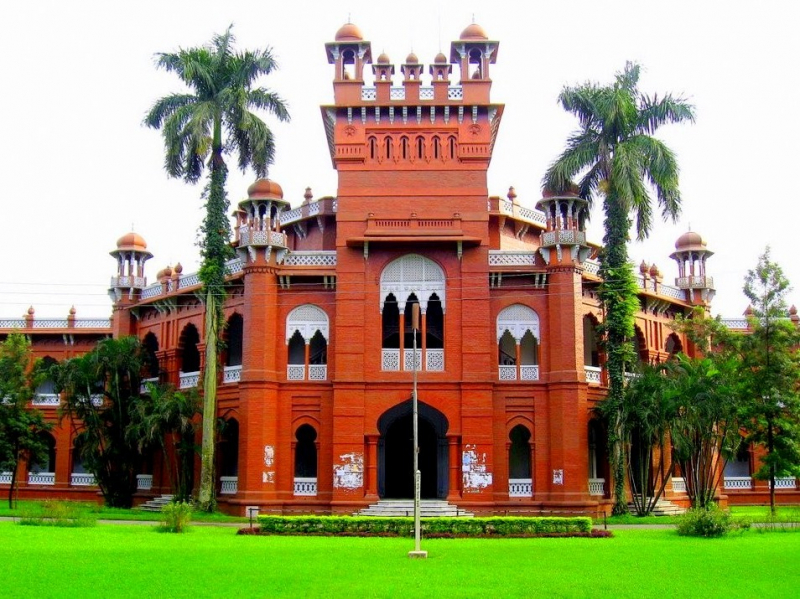University of Dhaka
With Sir P. J. Hartog as the first vice-chancellor, the University of Dhaka opened its doors to students in 1921. University of Dhaka ranks the second place on our list of the best universities in Bangladesh.
There are currently 13 faculties, 71 departments, 10 institutes, 17 dormitories, three hostels, and more than 38 research centers within the institution. The University of Dhaka, as the country's first and largest seat of learning, promotes students' and the country's transformation processes through its educational and research facilities.
With the establishment of the People's Republic of Bangladesh in 1971, a new era in the university's history began. This has been a period of growth, expansion, and consolidation of previous achievements. The university has taken a leading role in the region's academic endeavors. The university was a key figure in the 1952 Language Movement, which resulted in the adoption of Bangla as the official language of Bangladesh. Hundreds of University of Dhaka students, lecturers, and personnel gave their lives for the country's independence.
The government issued the University of Dhaka Order 1973 shortly after Bangladesh was formed, including democratic norms and autonomy into the institution.
The University of Dhaka is now Bangladesh's largest public university. The University Library, which is located across three buildings and contains 617,000 volumes, is Bangladesh's largest. A medical center with 24-hour service, a dental unit, an eye unit, an X-Ray facility, and two ambulances are also available. Muhammad Younous, Bangladesh's lone Nobel Laureate, as well as several Bangladeshi presidents, prime ministers, artists, journalists, and businessmen, are notable graduates.
Founded: 1921
Location: Nilkhet Rd, Dhaka 1000, Bangladesh
Website: www.du.ac.bd











